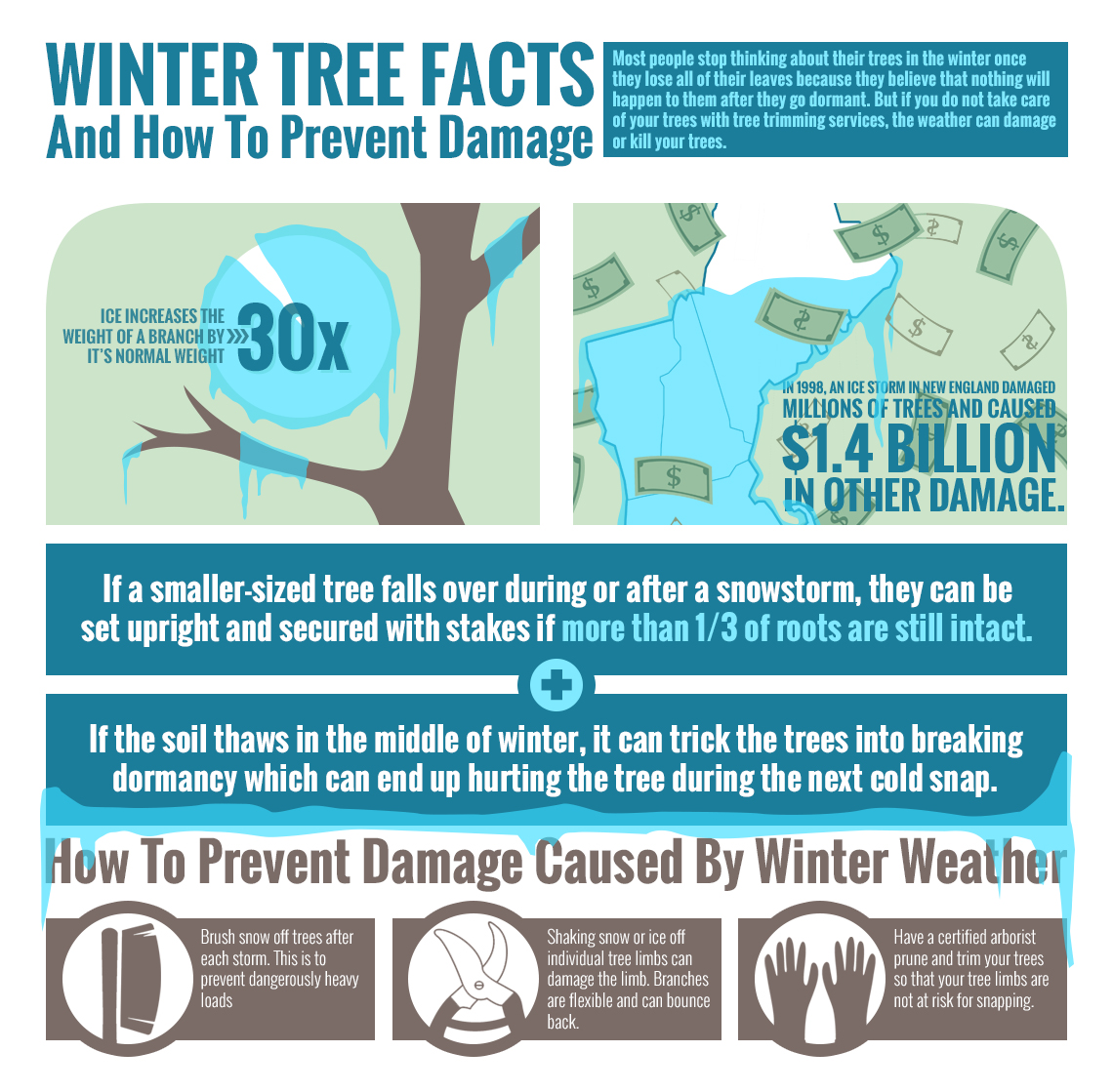Post-Tree Elimination Treatment: Just How To Recover Your Landscape Effectively
Post-Tree Elimination Treatment: Just How To Recover Your Landscape Effectively
Blog Article
Content Author-Wilcox Massey
After a tree's elimination, your landscape might look fairly various, and it's vital to evaluate the consequences very carefully. You'll wish to assess the dirt disturbance and examine surrounding plants for any type of signs of stress. Disregarding helpful resources can bring about bigger troubles down the line. So, what should you finish with those stumps and roots? And how do you pick the best plants for your rejuvenated room? Let's discover these crucial steps.
Examining the Results: Reviewing Your Landscape
After a tree elimination, it's vital to evaluate your landscape to recognize the effect it has on your lawn.
Start by taking a look at the location where the tree stood. Search for indicators of soil disturbance, and examine the surrounding plants for any anxiety or damage.
You should likewise remember of exactly how the removal has transformed sunshine exposure and air flow in your garden. This shift can affect the growth of neighboring plants, so it's important to review their wellness.
Take into Tree Branch Removal Near Me could create an open space that you can revamp.
Finally, think about any prospective erosion issues that may occur from the tree's lack. Dealing with these variables early will help bring back balance to your landscape.
Dealing With Stumps and Roots: Alternatives for Removal
When you've analyzed the after-effects of the tree elimination, you'll likely need to tackle the stump and origins left behind.
You have a few options for removal. One efficient technique is stump grinding, where a specialist utilizes an equipment to grind the stump down to below ground degree. This technique leaves very little interruption to your landscape.
If you favor a do it yourself method, you can make use of a mix of excavating and chemical stump removers. Simply keep in mind, this procedure can take time and effort.
Conversely, think about leaving the stump as a natural feature, which can function as a special garden aspect or environment for wild animals.
Whatever you pick, attending to the stump and origins is important for recovering your landscape.
Choosing the Right Plant Kingdoms for Your New Room
As you evaluate your recently gotten rid of room, choosing the right plants can substantially boost your landscape's beauty and capability.
Start by thinking about the sunshine and soil problems. For sunny locations, go with drought-resistant plants like lavender or succulents. In shaded places, ferns and hostas flourish well.
Consider the size and growth routines of your plants; mix perennials and annuals for seasonal range. Do not fail to remember to incorporate native types; they require much less maintenance and support local wildlife.
Team plants in odd numbers for an extra all-natural look and develop layers for aesthetic depth.
Ultimately, ensure you have a mix of colors and structures to keep your landscape vivid throughout the seasons.
Satisfied growing!
Conclusion
To conclude, recovering your landscape after tree elimination is a fulfilling procedure. By analyzing the consequences, resolving stumps and origins, and picking the right plants, you'll produce a flourishing setting. Don't forget to integrate disintegration control measures to protect your soil. With a little effort and care, you can change your room into a lively garden that improves your residential property. Accept the opportunity to revitalize your landscape and delight in the charm of nature right in your yard!
